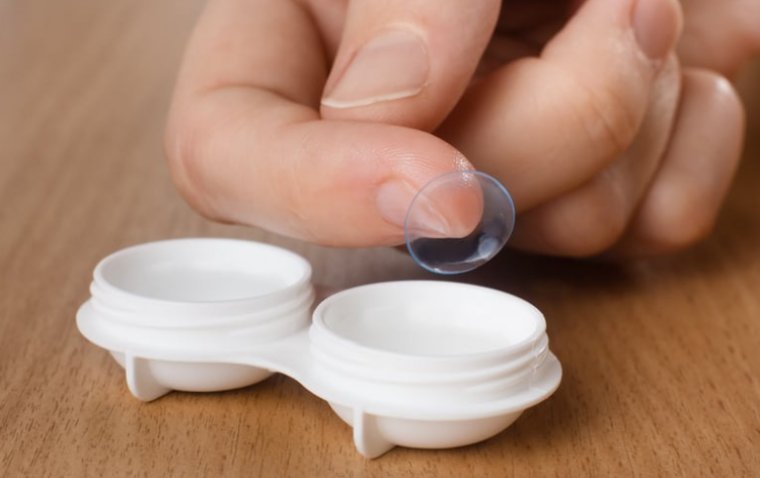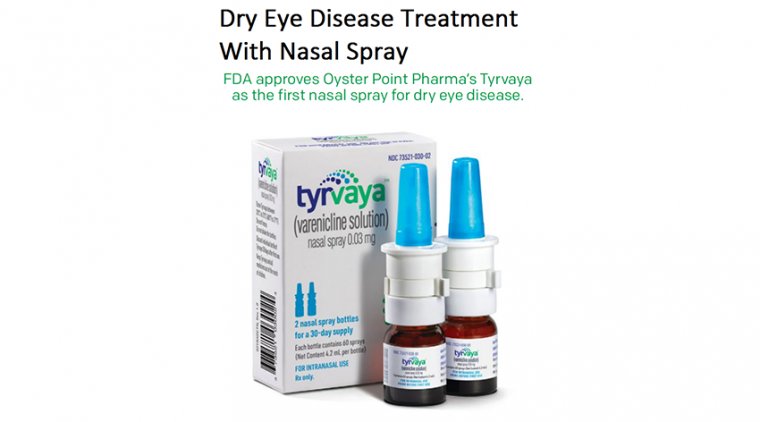
Rethinking Dry Eye Diagnosis in Patients Unresponsive to Treatment
Many conditions can mimic dry eye disease (DED), leading to misdiagnoses and ineffective treatments, warned Vatinee Y. Bunya, MD, MSCE, during a presentation at Cornea Subspecialty Day at the American Academy of Ophthalmology meeting. Dr. Bunya emphasized the need for clinicians to reconsider their approach when patients do not improve or respond to standard dry eye therapies.
The Challenge of Diagnosing Complex Dry Eye Cases
“Despite advances in dry eye diagnostics, it remains somewhat of an art,” Dr. Bunya stated. She explained that symptoms can be vague, and findings during examinations are often nonspecific, making it difficult to accurately diagnose underlying conditions.
Essential Diagnostic Steps to Avoid Missed Diagnoses
To refine the diagnostic approach, Dr. Bunya recommended several strategies for clinicians:
• Check Corneal Sensation: Before using proparacaine, assess the patient’s corneal sensation. Dr. Bunya shared an example of a patient with persistent foreign body sensation and tearing who did not respond to multiple treatments. A key finding was decreased corneal sensation in both eyes, leading to a diagnosis of bilateral neurotrophic keratitis.
• Look for Symblepharon: During slit-lamp exams, clinicians should pull the eyelids and have the patient look up and down to check for symblepharon. This sign can indicate other conditions and signal that the case is not a typical dry eye presentation.
Conditions That Can Mimic Dry Eye Disease
Dr. Bunya cautioned that several conditions can present with dry eye-like symptoms, leading to potential misdiagnoses. These include:
• Anterior Basement Membrane Dystrophy (ABMD)
• Conjunctivochalasis
• Superior Limbic Keratoconjunctivitis (SLK)
“A lot of patients will come in saying they have dry eye or that they were diagnosed years ago, but they’re just not getting better,” Dr. Bunya explained. She encouraged physicians to question the initial diagnosis when standard treatments fail.
Conclusion
For patients who are unresponsive to conventional dry eye treatments, rethinking the diagnosis can be crucial. Dr. Bunya’s recommendations underscore the importance of conducting comprehensive assessments and considering alternative diagnoses to improve patient outcomes. As dry eye diagnostics continue to evolve, a more nuanced approach is essential for identifying and treating underlying conditions that mimic DED.
Source:
Bunya VY. When dry eye is not dry eye. Presented at: American Academy of Ophthalmology meeting; Oct. 18-21, 2024; Chicago.
(1).jpg)










